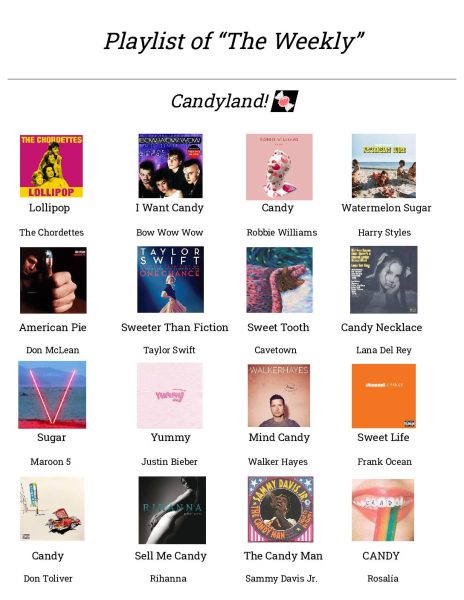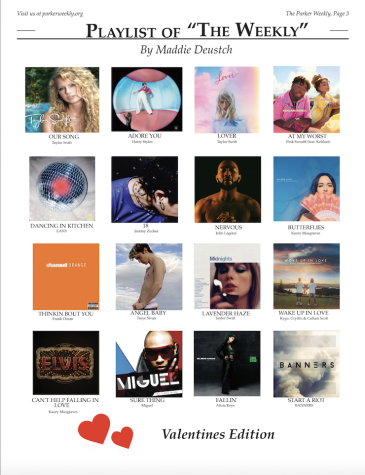From A to B and (I’ll Be) Back Again!
When I told my friends that I was headed to the Art Institute to see the “Andy Warhol–From A to B and Back Again” exhibition, the name “Andy Warhol” was not one that provoked confused glances and questions. Even for the average citizen, Andy Warhol is a recognizable artist, particularly for his work within the 20th-century pop art movement. During my visit to the exhibition, I was curious to discover this: why is Andy Warhol’s legacy so celebrated?
I rushed up the Art Institute’s stairs situated between two green lions on Michigan Avenue. I looked up and noticed the portraits of Marilyn Monroe and Elizabeth Taylor hanging inside the windows on the outside of the museum. The lobby of the Art Institute was bustling with energy, as it normally is on a Saturday afternoon. Thankfully, as a Chicago resident and student, I was able to enter the museum for free. Since the Andy Warhol exhibition is considered one of the special museum attractions, the price for an entrance ticket is $7.
Luckily, the line to the actual exhibition itself was not as long as I thought it would be. I was able to move around freely in the first room of the exhibition, covered head to toe with repeated images of Warhol’s “Cow” screenprint. Portraits of famous individuals in Warhol’s signature pop art style were placed on top of the yellow and pink cow images. I spotted many people approaching other strangers and asking them to take a full-body photo of them in front of the cow images. After all, would it truly be an art exhibition in the 21st century without millennials posing for photo-ops?
The subsequent room in the exhibition introduced Warhol’s early work as an artist. Prior to visiting the exhibit, I had always thought of Warhol as a strict follower of the pop art movement. However, he was initially an illustrator with most of his early work consisting of black-and-white sketches and blotted line pieces.
As I continued to stroll around the exhibition, I learned how controversial many of his pieces were at the time. Warhol’s artistic focus was on principal components of American culture in his time period, such as electric chairs, police brutality, and consumer culture. He was an intelligent artist who recognized the American obsession with brands and capitalized on it by mass producing repeated pictures of Coca-Cola bottles and Campbell’s soup cans. Many of Warhol’s most renowned images of celebrities were created using the silkscreen technique that he popularized in the 1960s.
Something I discovered about Warhol through my visit to the exhibition is how versatile he was across various mediums. There was a point in his life where he shifted his attention to directing films, writing plays, and managing the band The Velvet Underground. Warhol published various books and also decided to experiment with new forms of technology for future pieces of artwork. He is remembered as not only an artist but also as a photographer, director, social commentator, writer, and manager.
Andy Warhol’s artwork has filled the walls of the Art Institute with colorful flair since October 20 and closed in Chicago on January 26. His artistic style is one that can appeal to crowds of all ages. Having an exhibition that displays over 400 pieces of Warhol’s work in Chicago is a unique opportunity that would be a shame to miss. If you did not have the opportunity to see the exhibit, I hope that you still decide to explore Warhol’s work elsewhere.





